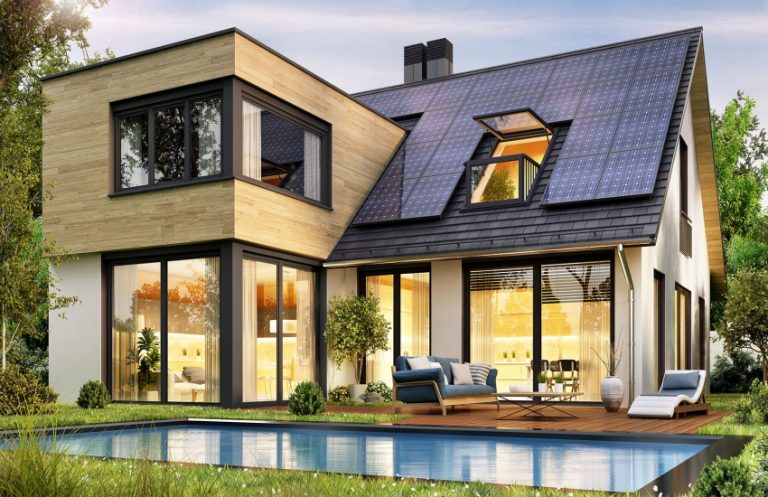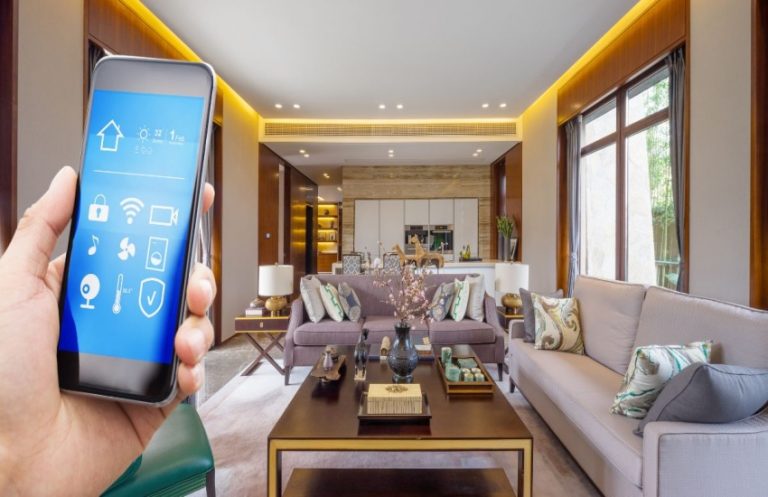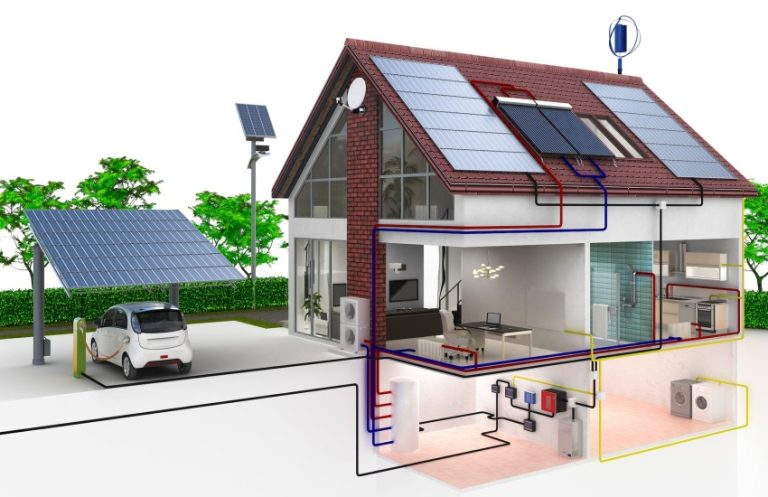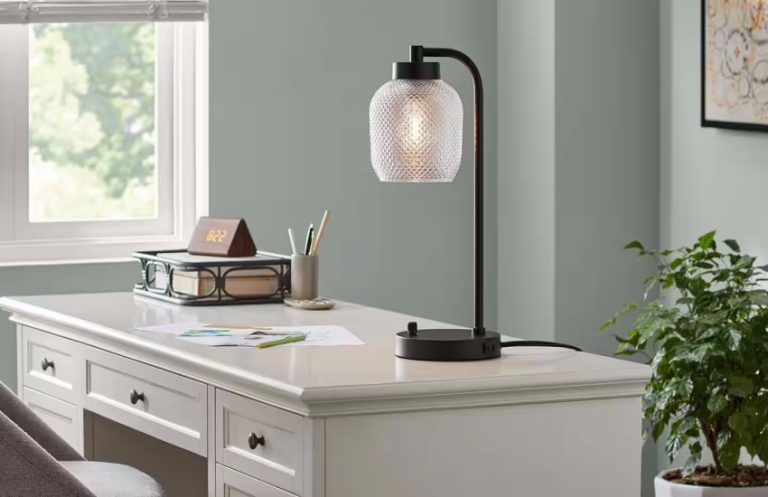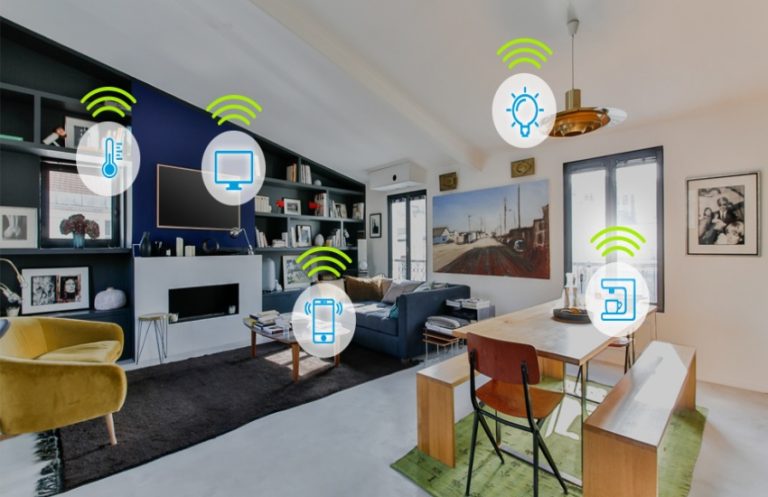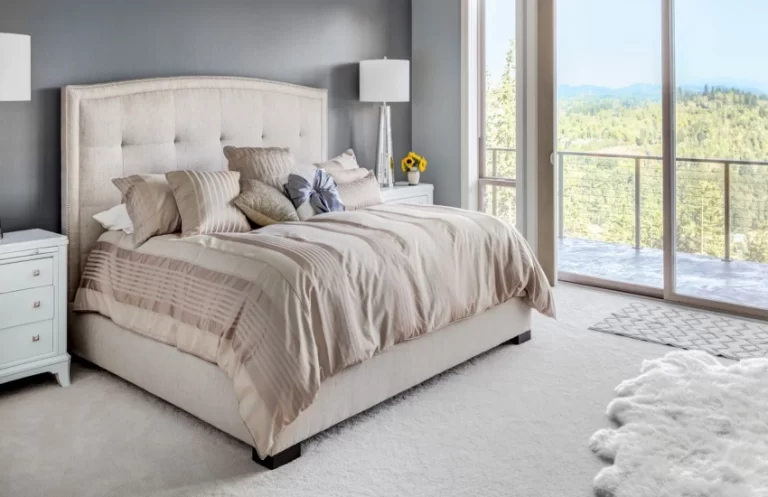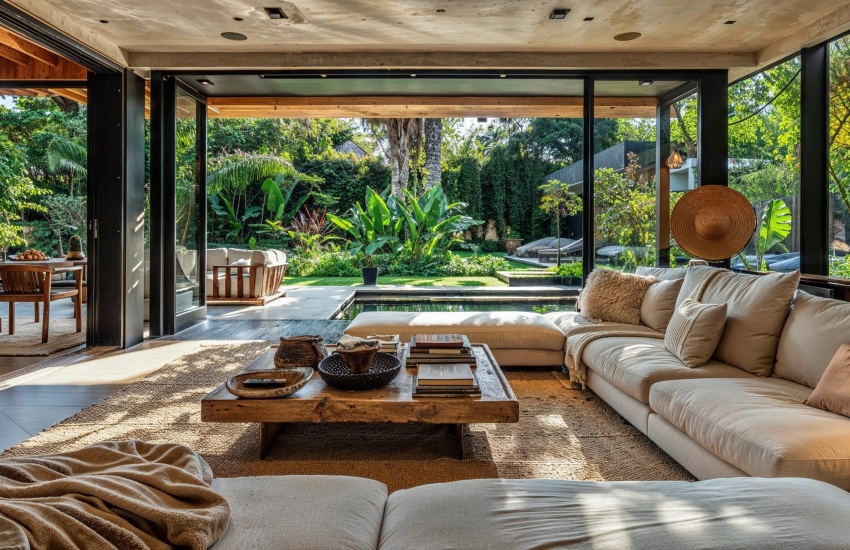
Furniture arrangement plays a crucial role in interior design. Assessing the flow of movement within a room can help determine the most effective layout. Positioning furniture to promote conversation and accessibility fosters a welcoming atmosphere. Utilizing multi-functional pieces can maximize space, particularly in smaller areas. For instance, a sofa bed or an ottoman with storage can provide both comfort and practicality.
Lighting is another vital element that can transform a room. Incorporating various light sources such as ambient, task, and accent lighting can create depth and warmth. Natural light should be embraced wherever possible, as it enhances the overall ambiance. Using mirrors strategically can reflect light and make spaces appear larger. Layering different types of lighting allows for versatility, enabling homeowners to adjust the atmosphere based on the time of day or occasion.
Displaying artwork, photographs, or cherished collectibles can infuse character and individuality into the design. Mixing different styles and eras can create an eclectic look that reflects personal taste. Combining modern furnishings with vintage finds can add depth and interest to the overall aesthetic.
Textures and materials contribute significantly to the sensory experience of a space. Mixing various textures such as wood, metal, fabric, and glass can create visual intrigue. Soft textiles like cushions, rugs, and throws can add warmth and comfort. Choosing sustainable materials not only benefits the environment but also adds a unique touch to the design. Natural elements like plants can bring life and freshness to interiors while improving air quality.
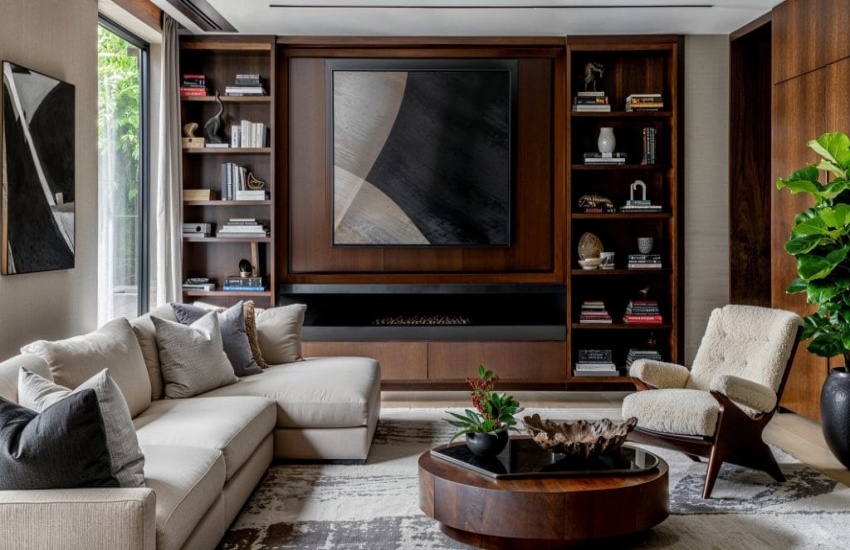
Functionality should not be overlooked in the pursuit of beauty. Designing spaces that cater to the needs of all household members ensures a practical living environment. Consideration of storage solutions is vital for maintaining organization and reducing clutter. Built-in shelving, cabinets, and decorative boxes can help keep spaces tidy while enhancing the overall design.
Staying updated on current design trends can provide inspiration for fresh ideas. Following interior design blogs, magazines, and social media accounts can offer insights into innovative styles and techniques. However, it is important to balance trends with timeless elements to create a lasting appeal. Investing in quality pieces that withstand the test of time can enhance the overall value of the home.
Engaging in thoughtful interior design allows homeowners to create spaces that are not only beautiful but also functional. By focusing on cohesive themes, effective furniture arrangement, diverse lighting, personal touches, and practical solutions, individuals can elevate their living environments. Embracing creativity and staying attuned to personal preferences can lead to a home that truly reflects individual style and enhances daily life.
